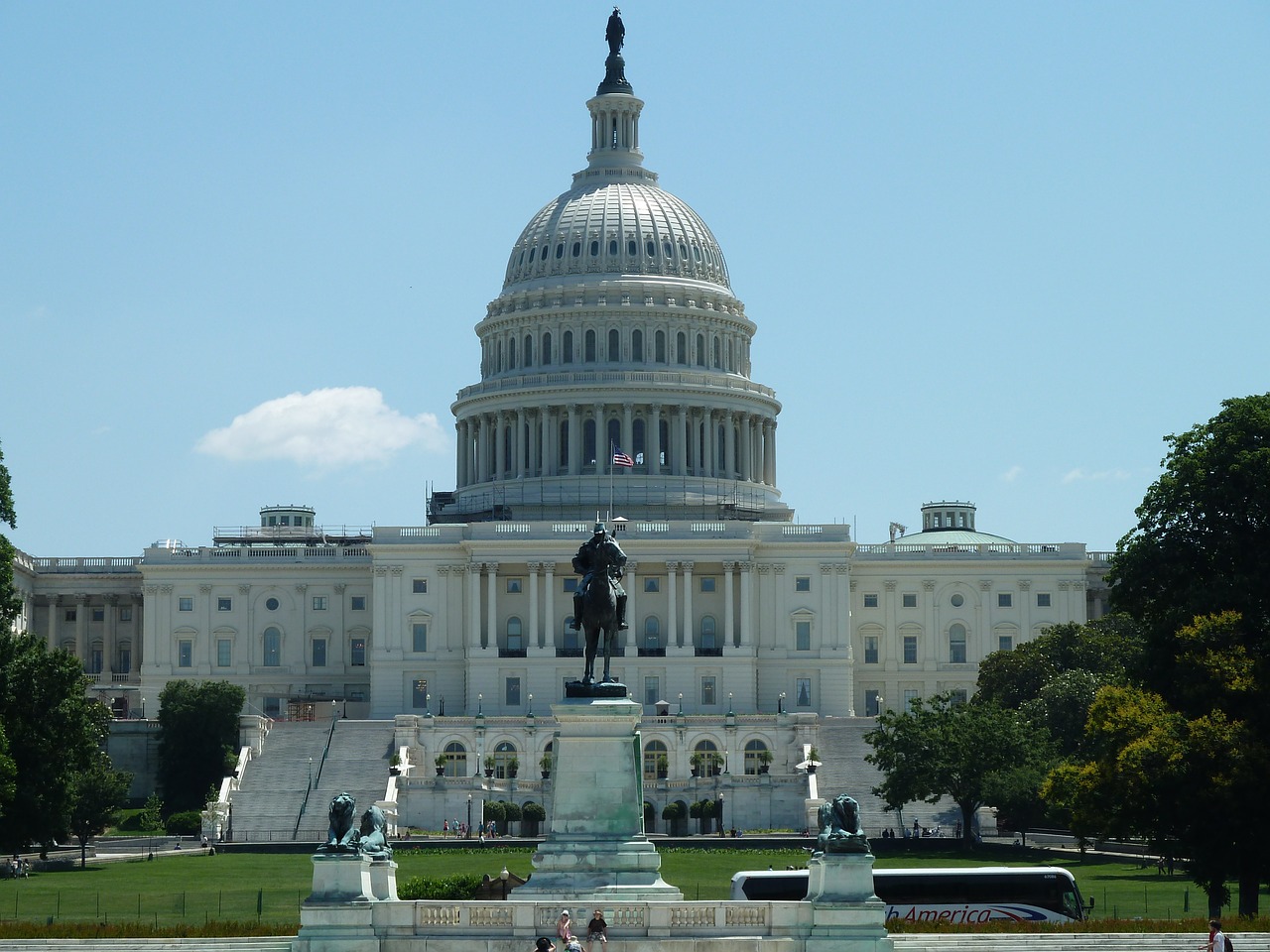President Trump Pushes towards Freezing Pay for Federal Workers in 2019

Last Thursday, President Trump said that federal employees should not get a raise in 2019. He called unto lawmakers to freeze the salaries of over 2million federal employees next year.
The House passed the legislation without mentioning any raise. They endorsed Trump’s proposal from February to freeze the salaries. The Senate passed a competing measure authorizing a 1.9% increase. This dispute adds yet another sticking point to already delicate budget talks on Capitol Hill.
Now the House and the Senate are at variance over funding the border wall proposed by the president, reductions to social programs and overall spending levels. The conflicts threaten to shut down the government unless they can reach an understanding before the expiry of the current spending legislation at the end of September.
What happened on Thursday means that the federal pay rates will remain just as they were unless Congress passes the bill and the president signs it.
Without Trump’s intervention, a 1990 federal pay law would automatically give federal employees a 30% raise if Congress failed to reach a decision before the end of the year. In a letter to Congress, Trump mentioned that the government could not afford the increase.
Trump’s spending proposal goes back on the promise to “balance the budget,” lower the deficit and keep Medicare and Medicaid spending without cuts.
Lawmakers who represent the Washington area publicly denounced the presidential statement on Thursday. If the raise is paid, this region would stand to receive one of the largest amounts.
“I strongly oppose eliminating the pay raise for civilian federal employees and will work with my colleagues to have the pay raise included in our appropriations,” Rep. Barbara Comstock remarked.
“Today’s announcement has nothing to do with making government more cost-efficient — it’s just the latest attack in the Trump Administration’s war on federal employees,” said Sen. Mark R. Warner.
Administrators from federal unions also argue that the decision by the president was one of his latest strings of shots against federal workers. Other shots include directives to restrict bargaining with federal unions and make it easy to fire poor performers.
Tony Reardon, the National Treasury Employees Union President said in a statement that the decision was deeply disappointing and indicated that the administration did not respect its workforce.
Every year since the 3-year freeze on salary rates, Congress takes no position on federal worker raise, allowing the annual “alternative” raise specified in similar letters to take effect. This was already experienced with President Barack Obama.
The congressional strategy of action by inaction has resulted in raises in the 1-2% range every year for employees in the General Schedule; this pay system covers most white-collar employees below the execution levels. While blue-collar employees receive similar equivalent raises, high-level employees are linked to performance ratings.
In August, the House passed a spending bill that continued the recent pattern of them remaining silent on the issue. Soon after, the Senate passed its own version of that bill that contained a 1.9% raise. The Senate advocated paying a 1.4% across-the-board raise for General Schedule employees and parceling out the remaining 0.5% points in differing amounts, varying by locality.
The House and the Senate need to resolve these differences before the upcoming budget conference
Under the defense bill that has already been signed into law, uniformed military personnel are set to receive a 2.6% rise in January.
In Trump’s letter, he repeated the argument that federal employees’ pay ought to be performance-based.






